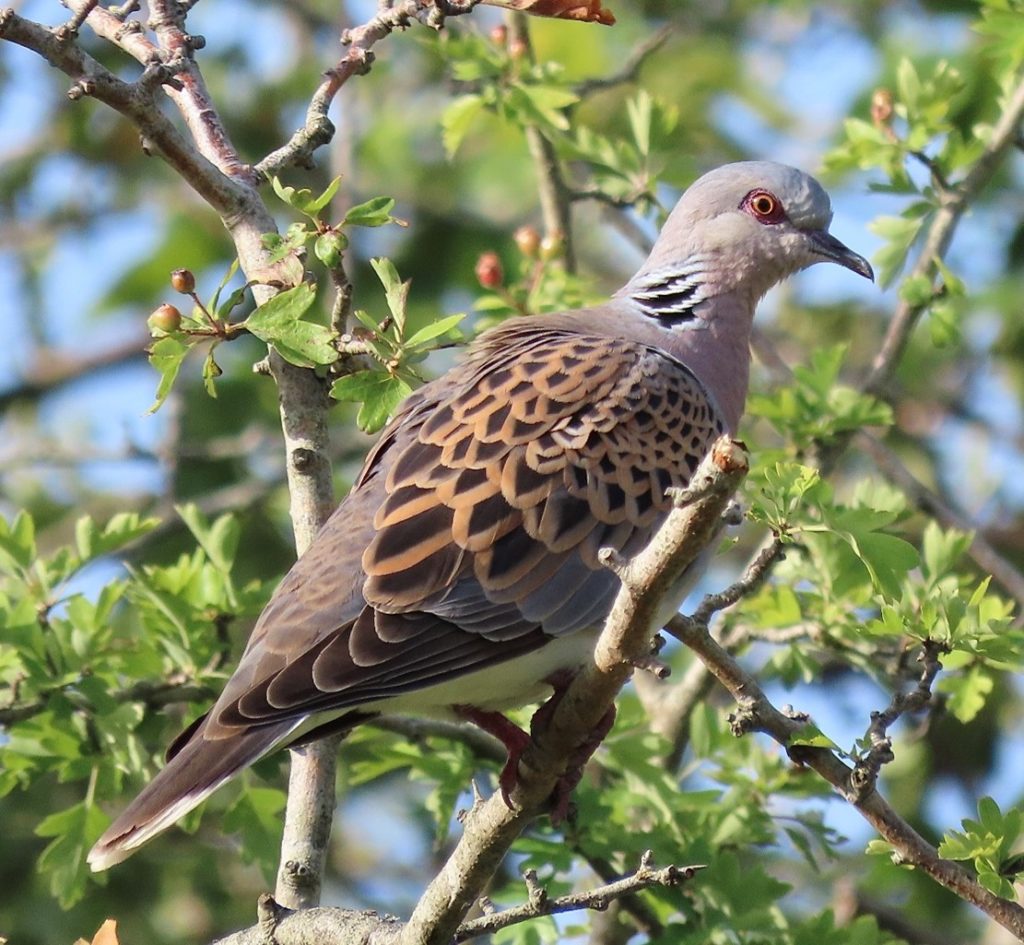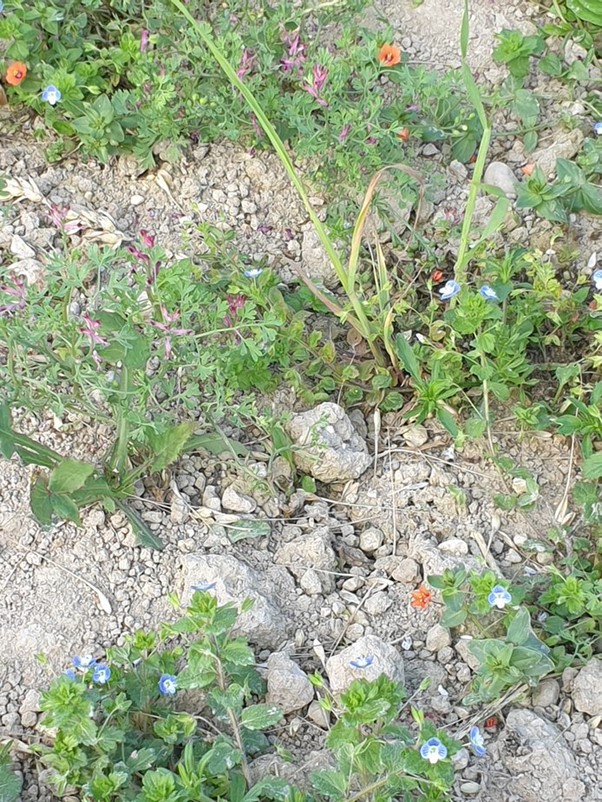Turtle Doves will be heading off on their autumn migration to West Africa over the next few weeks. We’ve just had the great news that their migration will again be safer owing to continued hunting bans in France and Spain. Now is a great time to think about what you can do to welcome them back next spring. Having enough food in the wider countryside is crucial for the recovery of the UK Turtle Dove population. Mark Nowers, the RSPB’s Turtle Dove Conservation Adviser in Essex, part of Operation Turtle Dove sets out the importance of establishing autumn-sown seed plots for Turtle Doves.
The science says
Turtle Doves are ‘obligate granivores’ which means that for breakfast, lunch and dinner they eat (almost entirely) only seeds.
Research has shown that a crucial element for Turtle Doves on their breeding grounds, is an abundance of accessible seeds from a range of low-growing, seeding plants. Abundance of these plants is critical as is accessibility of the plants; Turtle Doves feed on the ground where they need short, sparse vegetation to feed in safely.
Chickweed, fumitory, trefoils, clovers, medicks and plantains just scratch the surface of the range of seeds which been found in their diet. Crop seeds (wheat, oil seed rape and borage) are favoured later in the season, but the nutritional value of wild seed sources to chicks in particular is far greater.

Putting research into practice
After a long migration from their west African wintering grounds, having seed food available on their return in April is really important for Turtle Doves as seed food in spring is in short supply. By providing seed for Turtle Doves in this period, we are giving the birds the best chance of nesting as early as possible. We know this is important because the research tells us we need to support Turtle Doves to produce more broods in one season.
Autumn-sown plots are particularly good at ensuring there will be seeds available when the Turtle Doves return in the spring. Our advisers are working with nature-friendly farmers who are providing this vital resource.
Farmers can create cultivated plots, followed by natural regeneration, which can be really successful on light soils, but they can offer challenges on heavy clay. The alternative is to establish a special Turtle Dove sown seed mix, made up of six important plants available from seed merchants such as Kings in Diss.
Where circumstances allow, subsequent management of sown plots to maintain a suitable sward and bare ground is likely to be beneficial.
Getting the seed mix in the ground in the autumn, means the plants will have grown and be ready for Turtle Doves in the spring.

Drought
Times have been really tough for everyone in this blistering heat, particularly the farming community. Getting seed in the ground in the autumn is really important, but we all know that sowing seeds on bone-dry ground is not going to work.
You can read our guidance about establishing plots on our website. The closer this is created to suitable nesting habitat the better as recently fledged Turtle Doves do not range far for the first couple of weeks of their life.
Winter is coming
Sowing plots in the autumn is also a race against the onset of winter. If the soil is too cold, some of the seeds won’t germinate. The legumes in the seed mix need six weeks of soil temperatures above 7 degrees Celsius if they are to survive.
Spring sown
If you can’t get a sown mix into the ground this autumn all is not lost for next year. A spring sown or cultivated turtle dove plot providing more seed later in the season will also benefit Turtle Doves. The ideal situation would be to have autumn and spring plots so Turtle Doves can eat well for the five months they are with us in the UK!
Supplementary feeding will help turtle doves in addition to sown or cultivated plots, you can find out more about supplementary feeding on this page.
Help is at hand
It is important to understand the local conditions to get the best outcome for Turtle Doves. This is why our advisers are on hand in key turtle dove areas to work with farmers to talk about the best options. Every farm is different, and no one knows their land better than the person sat on the tractor.








